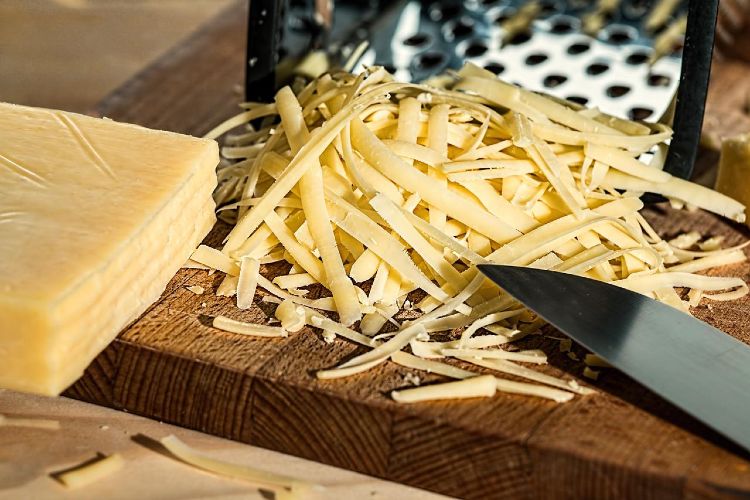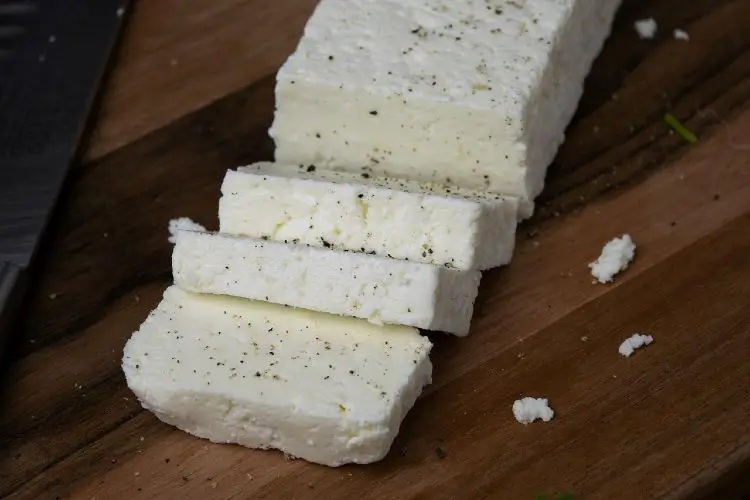Rotation, Rotation, Rotation
The importance of a good rotation scheme was drummed into me during my time working at the Soil Association. Many a plan for organic conversion fell down due to a lack of understanding of this, the most vital principle of organic or low input production. A good, long rotation full of green manures will also save you money, reducing the need for brought-in fertility, minerals and pesticides (for those of a less organic persuasion) and healthy soil will result in fewer expensive crop failures and increased yields.
Much has been written already and most decent horticultural/gardening handbooks will give you the basics but 3 main principles apply.
1. Rotation is necessary in order to maintain healthy crops and avoid the build-up of pests and diseases associated with a particular crop family.
2. Any rotation in a low input system should include a fertility building phase to provide sufficient nutrients for future crops.
3. Rotation allows crops with differing nutrient requirements to be grown successfully as fertility reduces throughout the cycle.
In the first years I read much about rotations and in the beginning we used a model based in the HDRA Encyclopedia of Organic Gardening, {Henry Doubleday Research Association, published by Dorling Kindersley}, however it soon became apparent that to balance the space requirements for certain crops and to ensure a really good disease break for these same crops and the Allium family, a longer rotation was preferable. Brassicas and potatoes, for instance, take up a disproportionate amount of space in a rotation.
Based loosely on a standard 4 year rotation we came up with a plan that included our pigs and gave us adequate variety to fill the seasonal, organic fruit and vegetable boxes we sell and also fill our own larder for the year.
Years 1 and 2
Red clover and chicory
Clover is the engine of any organic system, taking airborne nitrogen and fixing it in small nodules in the root system. The clover is cut and mulched for the first season and then allowed to flower in year 2 for the bees. The chicory has a long root and is very efficient (in our situation) for breaking through the compacted layer of soil. It helps mobilise minerals from the lower levels making them available for the growing plants in later years. It also has very pretty blue flowers loved by insects
Year 3
Clover and pigs
The pigs arrive in March either Black Berkshires or Berkshire crossed with Tamworth, they spend the summer rooting up the clover and chicory, adding manure to the patch as they go. Depending on when they go ”down the road” to the slughterhouse I may put in a crop of Phacelia after they have vacated to provide ground cover for the autumn. Not allowed to flower this will lock up nutrients and keep the soil stable during winter rains.
Year 4
Potatoes
Potatoes love nitrogen and are a hungry crop, they will thrive on this rich well fed soil. The digging needed to harvest them and the dense cover of the leaves will leave you with weed-free, friable soil with enough residual fertility for the next two crops.
Year 5
Alliums
The onion, Allium, family follows the potatoes, starting with leeks. Leeks are a long season crop, sown in February they will crop 9-14 months later. Pencil thickness plantlets are dibbed in as the first early potatoes are harvested in July. In October I will plant overwintering onion sets and garlic. In the following February I will plant the nursery bed of leeks for next year’s crop and some shallots. Finally in March and April the summer onions sets, to be harvested in August.
Year 6
Beets, spinach and lettuce and maybe some carrots
Beets and carrots don’t require as much Nitrogen as other crops. In fact sowing roots into newly manured land often results in forked roots. Compost is forked around the established chard plants and in the rows for spinach.
Year 7
Runner beans, peas and french beans undersown with white clover
With a long rotation such as this we need to add fertility at this point. White clover does not thrive with too much competition but once established makes a good dense cover that will smother annual weeds grown between the rows and sown into the gaps. As these crops are removed to stay a further year they will fix nitrogen for the next section of the rotation. I tend to manure the runner bean trenches in the autumn and spread very well-rotted compost thickly around the French beans once they are established. Although all these crops are also legumes and therefore nitrogen fixers, they need to be regarded as neutral in terms of nitrogen balance as the crop removed will take as much as the roots will put in.
Year 8
Broad beans undersown with white clover (Legumes)
The low growing habit of the clover means that planting beans through the clover shouldn’t be a problem and an autumn planting of beans will get away well. Half autumn and half spring planting should give a good spread of harvest times.
Year 9
Solanaceae and sweetcorn
The soil should be in good heart again by now but I tend to add a little well-rotted manure in the late summer-autumn ready for potatoes. I cover this with a black plastic to let the worms pull it all down and dig in the spring prior to planting potatoes. Rolling the ground cover to one side will prevent weeds from germinating in the area planned for later plantings of tomatoes and sweetcorn.
Year 10
Brassicas
I lime this plot in spring as this area will take my brassicas this year. This isn’t essential and should only be done if the pH is too low, (which in my case is it). I use a dolomitic limestone which is slow releasing and more gentle to use than many of the alternatives.
I halve this plot, growing summer and winter cabbage, purple sprouting. cauliflowers, swede and Kolrabi in one side and baby leaf salads grown in succession on the other. Sowing every week all summer gives delicious leaves from March to November. The mustards and many oriental leaves are part of the brassica family.
Year 11
Cucumbers, courgettes and squash
This hungry and thirsty family I grow in manured and composted holes through permeable membrane, leaving it covered as much as possible to keep the weed burden down and the moisture in.
Year 12
Carrots, parsnips and soft herbs
These come at the end of the rotation in fertility terms. I may add a little compost to the area designated for leafy herbs but the roots need no more than the residual nitrogen at this stage. In the spring it is important to establish a false seed bed before planting carrots. The weeds suppressed by the membrane in year 11 can rise with great vigour and waiting one more week and a good hoe pays dividends.
Adapting this rotation scheme to the kitchen garden or allotment
Obviously our set up at Bosley Patch is considerably larger than you would find in an average garden. However, for the most part this rotation will work on a much smaller scale. In fact I use it in the school garden and for the mini version that is 5m x 5m in size and shared with the children. It’s never too early to learn about the principles of rotation. In a domestic situation I would take out 1 year of clover and the pigs, leaving you with 1 resting-fertility building year and maybe also remove one year of legumes, but this will depend on how many peas you want to be able to freeze for the “dark times”.
Removing the pigs, clover and one lot of beans will give you a 9 year rotation.
Even numbers being tidy, I would be inclined to round it up to 10 and add a bed of flowers between the solanaceae and the brassicas. This will provide an abundance of cut flowers (if you select the right cut and come again annuals) attract pollinating insects into the garden as well as adding a glorious splash of colour into your garden.
Clover
Potatoes
Alliums
Beets/lettuce
Beans/peas
Tomatos/sweetcorn
Flowers
Brassicas
Curcubits
Carrots/herb
This rotation gives us about the right quantities of the various crops, enough to gorge upon during their season and a sensible amount to be able to store through the winter, often eating last year’s squash in the following April and stringing up enough onions and garlic in the larder to last most of the winter.
Further Information
The Bosley Patch website: www.bosleypatch.com
Follow Tamsin Borlase on Twitter: @BosleyPatch
If you wish to order a vegetable box you can e-mail Tamsin: [email protected]



